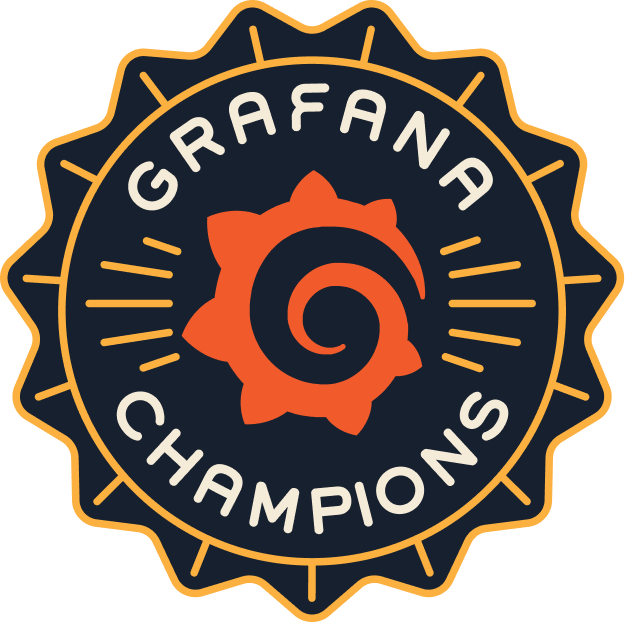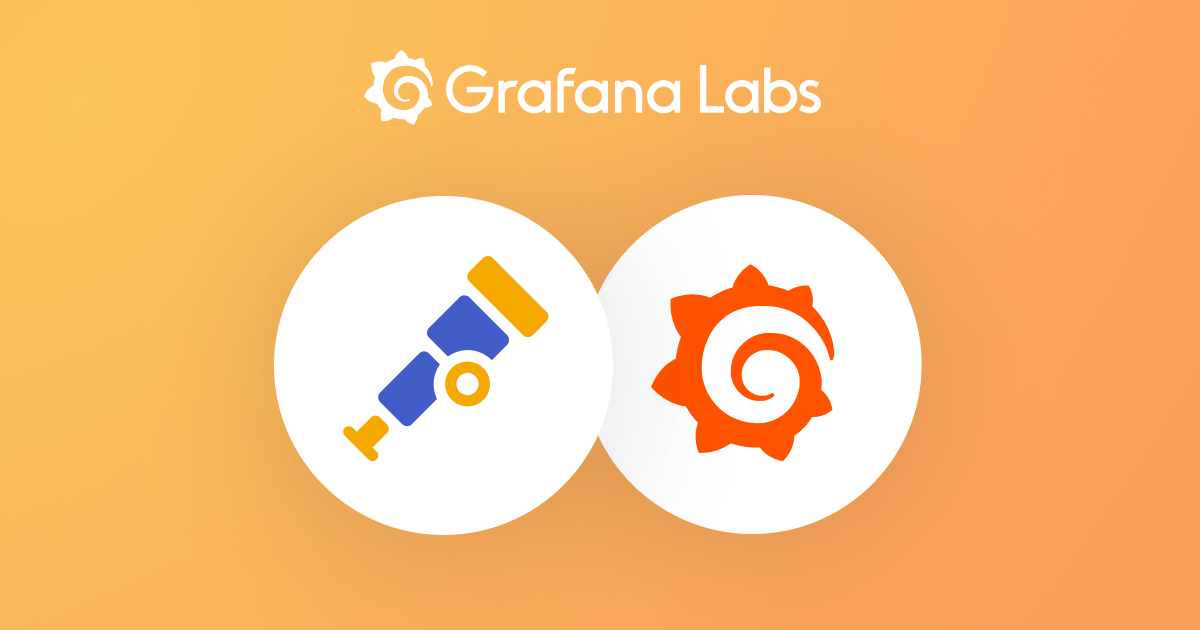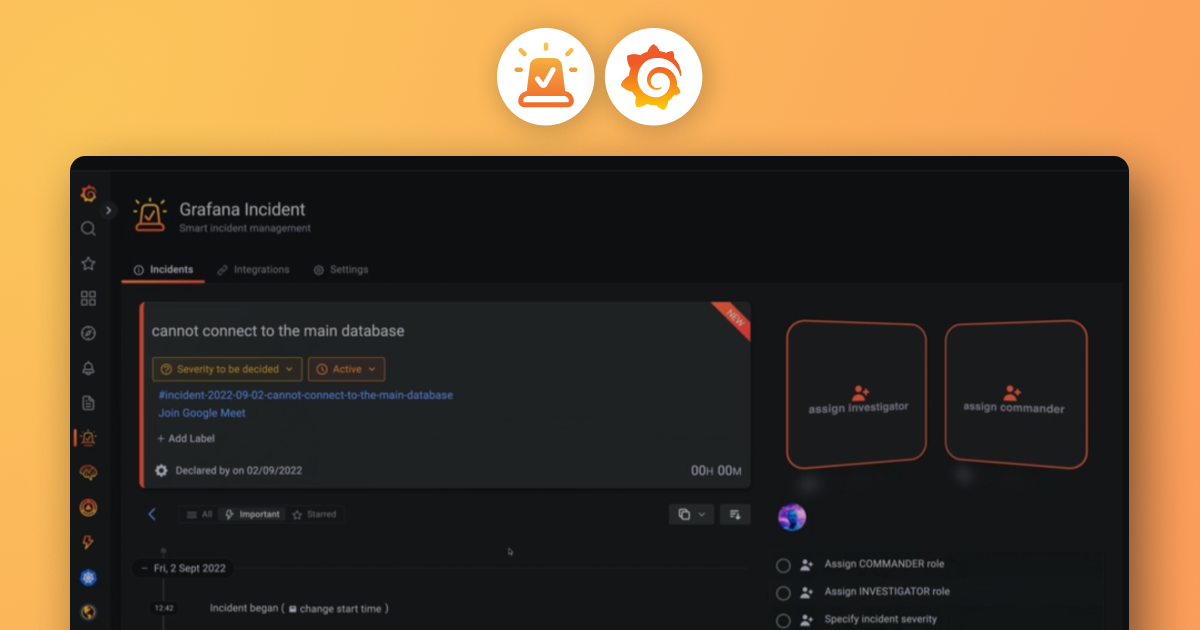Plugins 〉Tree View
Tree View
Grafana Tree Panel Plugin
This panel plugin shows a tree from records, provided by a datasource. The plugin is optized and tested with JSON API datasource.
This plugin presents JSON API responses, for example Kubernetes resources received from Kubernetes API. A possible production environment is described at https://github.com/pgillich/grafana-kubernetes.
Example screenshot about a Kubernetes Namespace:

Screenshot about a panel editor:

Datasource
All values from datasource are converted to string. The object type is converted to JSON string. The best datasource is JSON API, but other datasources may also be used, for example TestData Logs:

The number of values in fields must be same, so missing values must be substituted. JSON API supports JSONata, so it's possible.
Example JSONata expression for Kubernetes API, which substitutes the missing values (appName, containerState) and generates string about lists (containerImage, containerState):
$map(items, function($v) {{"namespace": $v.metadata.namespace, "name": $v.metadata.name, "appName": $v.metadata.labels."app.kubernetes.io/name" ? $v.metadata.labels."app.kubernetes.io/name" : ($v.metadata.labels."app" ? $v.metadata.labels."app" : "-"), "statusPhase": $v.status.phase, "containerCount": $count($v.spec.containers), "containerImage": $join($v.spec.containers[*].image, " "), "containerState": $v.status.containerStatuses[*].state ? $string($v.status.containerStatuses[*].state) : "-"}})
If Grafana runs outside of the Kubernetes cluster, a kubectl proxy command can create API endpoint for JSON API in order to access the cluster:
kubectl proxy --address 0.0.0.0 --accept-hosts='.*' --reject-methods=POST,PUT,PATCH -v5
It's highly recommended to use same JSONata expression in field definition, only the selected field should be different, for example:


Panel Options
Option descriptions can be read on the panel option editor:

The default template engine is a simple and fast ${field}-style expression processor, for example:
${statusPhase}
${namespace}
${appName} ${name}
${containerImage}
If a more complex template engine is needed, Handlebars can be used,
which is a {{field}}-style engine, for example:

Screenshot about a panel editor, with Handlebars engine:

Handlebars extensions
Pod info
An additional function is added to Handlebars, for having better information about Kubernetes Pods.
It's complex to evaluate the STATUS and other kubectl get pod -o wide columns from Kubernetes API responses,
so the printPod() function was ported to TypeScript. The syntax is: {{printPodColumn <whole_pod> "<column>"}}, where <whole_pod> the field, which contains the whole pod, <column> is the kubectl get pod -o wide column name, for example:
NAMEREADYSTATUSRESTARTSAGEIPNODENOMINATED_NODEREADINESS_GATESMESSAGE
The AGE behaves a little bit different: it's a little bit more precise.
The MESSAGE column contains additional info (reason) about the STATUS.
Example for printPodColumn:
{{printPodColumn rawPod "STATUS"}}
{{namespace}}
{{appName}} {{name}}
{{containerImage}} {{printPodColumn rawPod "MESSAGE"}}
Example JSONata datasource expression for above template:
$map(items, function($v) {{"rawPod": $v, "namespace": $v.metadata.namespace, "name": $v.metadata.name, "appName": $v.metadata.labels."app.kubernetes.io/name" ? $v.metadata.labels."app.kubernetes.io/name" : ($v.metadata.labels."app" ? $v.metadata.labels."app" : "-"), "statusPhase": $v.status.phase, "containerCount": $count($v.spec.containers), "containerImage": $join($v.spec.containers[*].image, " "), "containerState": $v.status.containerStatuses[*].state ? $string($v.status.containerStatuses[*].state) : "-"}})
Example screenshot for comparing Pod status info form raw Kubernetes API and from printPodColumn function:

Example Dashboards
Example dashboards can be found in examples.
Namespace Pods.jsonPods of a selected Namespace, Simple template engineAll Pods.jsonPods of all Namespaces, Handlebars template engine withkubectlcolumns.
Creating Issues
Please attach sample json file(s) to the new Issue.
Contributing
See more details in CONTRIBUTING.md.


















